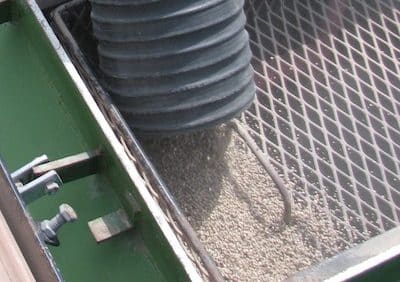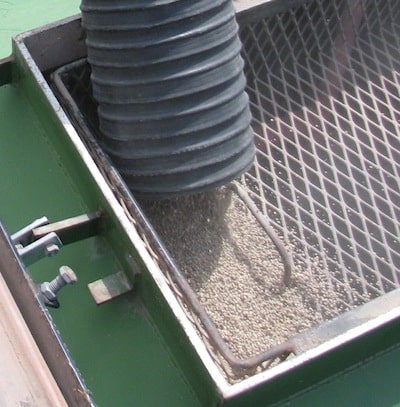Whether you applied some fertilizer in the fall or apply it all in the spring, winter is a good time to assess your crop nutrition situation and make field plans and purchase decisions for the upcoming year.
Note that winter soil testing is an option if fall soil tests didn’t get done and soil tests in spring are just too difficult to squeeze into an already busy time.
Here are some considerations the CCC team discussed in preparation for this month’s Canola Watch:
1. Does the ratio between nitrogen and sulphur matter? Not really, but at some point applying more and more nitrogen can no longer provide a yield benefit if other nutrients are limiting. A best practice is to apply 10 to 20 lb./ac. of sulphur, even if soil tests show sufficient levels. That’s because sulphur is highly variable across a field, and many areas could be deficient. If soil is sulphur deficient, 20 lb./ac. will usually be enough to address the issue. More on the N:S relationship.
2. A seed placement scenario. A grower applied nitrogen in the fall, but still needs to apply sulphur and maybe potassium and some extra nitrogen along with phosphorus at the time of seeding. The grower’s drill has single shoot openers. What are the risks? Generally speaking, only phosphorus should go in the seed row, and only at rates that do not put seed at risk. Often the safe seed-placed rate is only about half the maintenance rate of P required. Adding ammonium sulphate into the seed row along with phosphate increases the risk of delayed emergence and seedling mortality. Nitrogen and potassium fertilizer sources are highly toxic to seed in close proximity. Good soil moisture and high seed-bed utilization will reduce the risk from high rates of seed-placed fertilizer, but putting anything besides P in the seed row is still something to avoid. A pre-seed broadcast blend is an option in this situation. This does add an expense, but lost seed due to fertilizer toxicity in the seed row is also an expense. An in-crop top dress, particularly of nitrogen and sulphur, is another option if fall applied and seed-row rates are insufficient to meet crop needs. As for potassium, there is no clear yield benefit from potassium fertilizer for canola in Western Canada. Cereals, soybeans, forages and corn are more like to respond to potassium fertilizer.
3. What is seedbed utilization (SBU)? SBU refers to the percentage of the soil area that actually gets seed. Narrow rows and wide openers will increase SBU. For example, a 1″ knife opener on 12″ centres will have a low SBU — 8.3%. Whereas a 3″ opener on 7″ centres will have a very high SBU — 43%. High SBU means the same rate of seed and seed-placed fertilizer is spread over a greater proportion of the soil, and because separation is higher, this reduces the risk from putting higher rates of fertilizer with the seed. More on SBU.
4. A whole-rotation approach. If maintenance rates of phosphorus, sulphur and potassium are difficult to achieve with a canola seeding system, taking a whole rotation view of fertilizer rates is an option. For example, growers could bump up P, S and K rates in cereal crops knowing the following canola crop would benefit.
5. Spot tests. If growers and agronomists are unsure about sulphur or potassium deficiency, they could run the following simple test: Select high risk areas in a field and hand spread the equivalent of 50 lb./ac., for example, to just a few dozen square feet within that high-risk area. If the crop shows an obvious and favourable response — especially when taken to yield — the grower may consider adding a reasonable rate of that nutrient to the fertilizer blend for that field next time. If the crop does not seem to respond yet soil tests suggest a shortage, the next step could be to run a few larger test strips the following year and take them to yield.
Further reading:
Make the most of your fertilizer investment
How much fertilizer does canola need?
Nitrogen economics
Canola Encyclopedia: Fertilizer Management section


